Understanding Ryugu: Japan's Robotic Asteroid Sample Mission
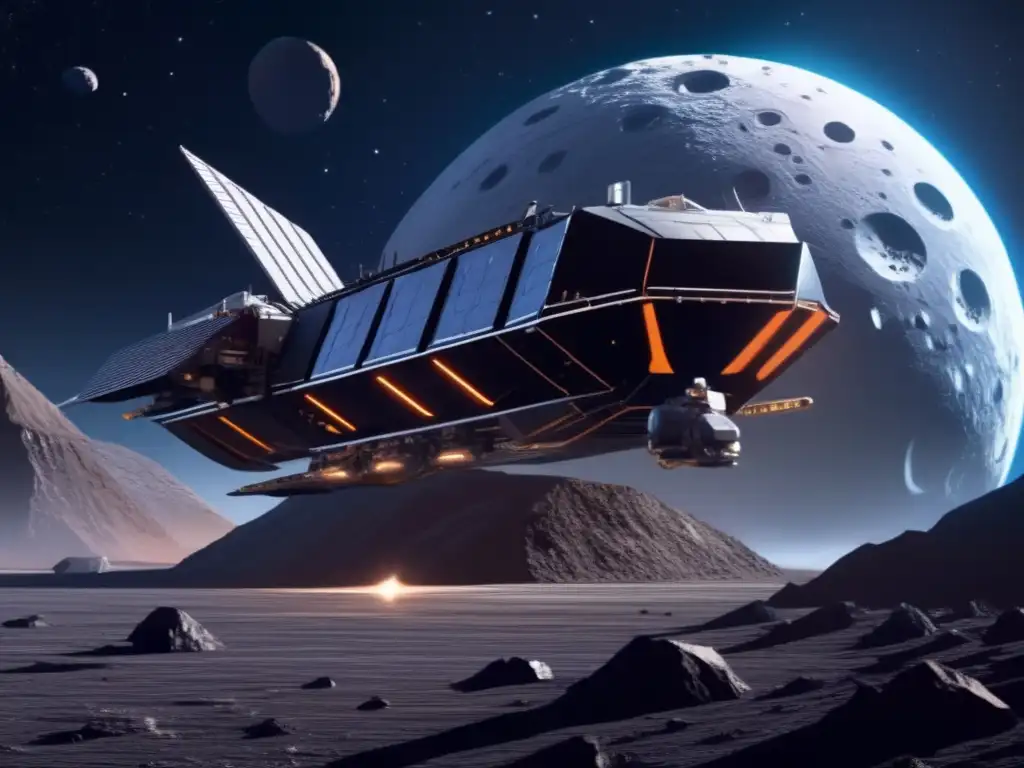
Introduction
Ryugu is a diamond-shaped asteroid located at a distance of 185 million miles from Earth, in the solar system's asteroid belt. The asteroid has a diameter of around 0.6 miles (1 kilometer). In addition, the asteroid contains valuable information about the formation of our solar system and its evolution over time. Thanks to technological advancements, space agencies have been able to study asteroids like Ryugu using orbiters and landers. One such mission is Hayabusa2, a Japanese spacecraft created to study the asteroid in detail. In this article, we'll take a closer look at the Hayabusa2 mission and what it uncovered during its visit to Ryugu.
Hayabusa2: Overview of the Mission

The Launch and Arrival of Hayabusa2
Launched on December 3, 2014, the Hayabusa2 mission aimed to explore the characteristics of Ryugu and collect samples from the asteroid. The spacecraft travelled 180 million miles (290 million kilometers) towards Ryugu and arrived on June 27, 2018. After arriving, the spacecraft orbited Ryugu for more than a year before landing on the surface of the asteroid to perform its sample collection. This made Hayabusa2 the first mission to collect samples from a C-type asteroid.
Rovers and Lander Deployments
During the mission, Hayabusa2 deployed several rovers and a lander to undertake scientific studies of Ryugu. The rovers were called MINERVA-II1 and -II2, while the lander was known as MASCOT. MINERVA-II1 consisted of two small rovers, each weighing about 2.4 pounds (1.1 kg), that landed on Ryugu's surface in September 2018. MINERVA-II2 followed later in July 2019. MASCOT, weighing around 22 pounds (10 kg), was deployed in October 2018 and was designed to move around Ryugu's surface by hopping.
The Sample Collection and Return to Earth
In February 2019, Hayabusa2 descended from its orbit to collect samples from Ryugu. The spacecraft fired a projectile at the surface, generating debris that would be collected and returned to Earth. Hayabusa2 managed to collect two samples in April and May 2019. Hayabusa2's journey culminated in December 2020 when it returned its sample containers to Earth. Researchers are now studying the samples and hope they will provide insight into the formation of our solar system and perhaps even the origin of life on Earth.
The Scientific Discoveries from the Hayabusa2 Mission
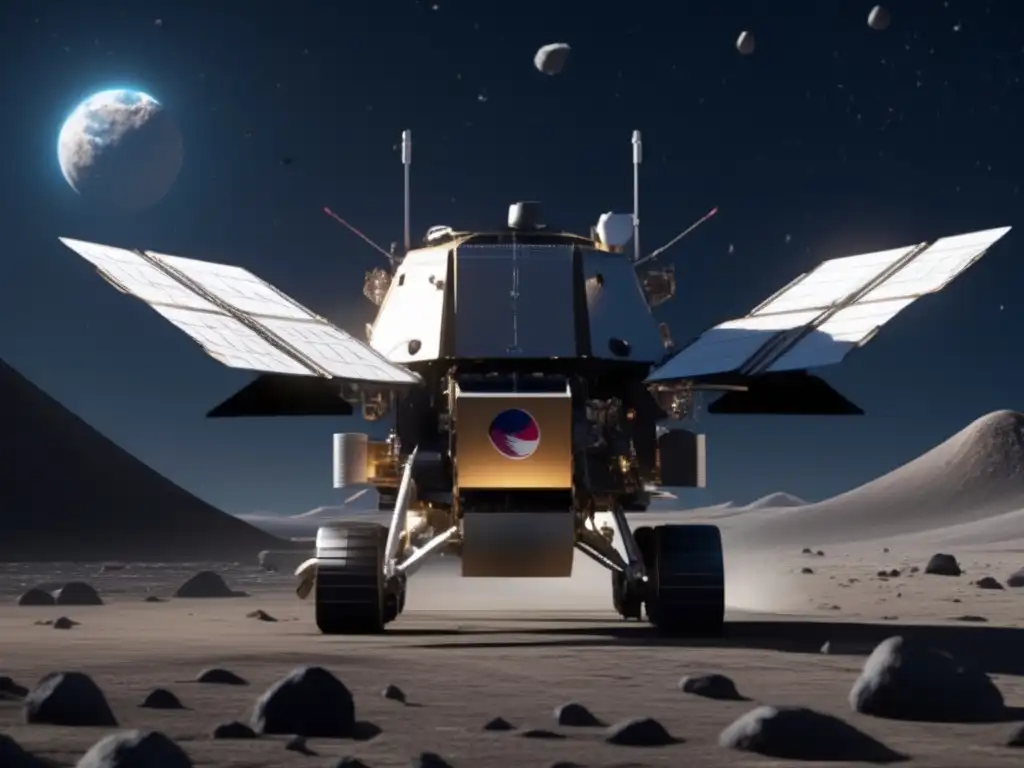
Ryugu's Diamond Shape and Surface Features
The Hayabusa2 mission discovered that Ryugu's diamond shape is the result of two asteroid fragments merging. The resulting asteroid contains deep craters on its surface, some of which are over 100 meters wide. Scientists believe these craters are a product of space debris collisions with Ryugu. In addition, Hayabusa2 discovered that the asteroid's surface is composed of highly porous rocks that were once part of the asteroid's interior.
Organic Compounds and Water on Ryugu
Hayabusa2 found organic compounds and water on the asteroid's surface. These compounds are vital ingredients for life, and their presence on Ryugu suggests that asteroids could have played a significant role in bringing them to Earth. Scientists believe that these compounds could have acted as the building blocks for life on our planet.
Ryugu's Origins and Evolution
Scientists concluded that Ryugu is a C-type asteroid, which means it contains carbonaceous material that gives it a dark surface. These asteroids are considered among the oldest and most primitive bodies in the solar system, dating back to its formation about 4.6 billion years ago. The samples collected from Ryugu will provide insights into the asteroid's formation and evolution over time, providing researchers with a better understanding of the early solar system.
Frequently Asked Questions
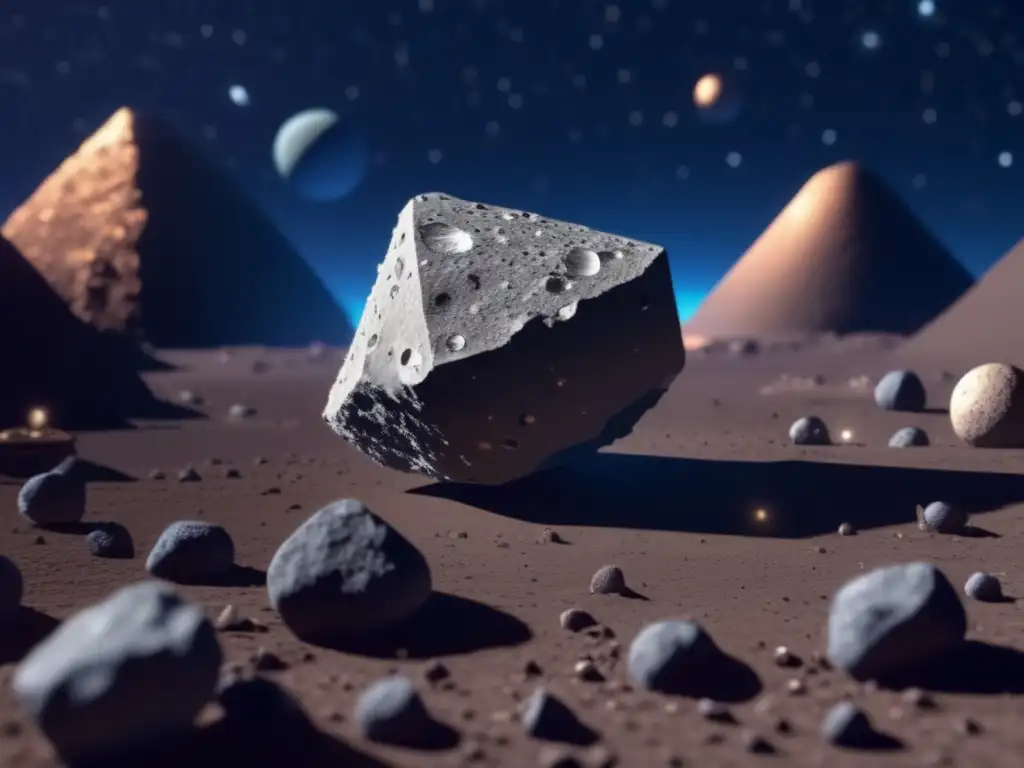
-
What is Hayabusa2?
Hayabusa2 is a Japanese spacecraft launched to study the asteroid Ryugu and collect samples from it.
-
Why did Hayabusa2 fire a projectile at Ryugu's surface?
The spacecraft fired a projectile at Ryugu's surface to generate debris that could be collected and returned to Earth for analysis.
-
What did Hayabusa2 discover on Ryugu?
Hayabusa2 discovered that Ryugu is a diamond-shaped asteroid composed of porous rocks with deep craters on its surface. Additionally, water and organic compounds were found on the asteroid, suggesting that asteroids could have contributed to the origin of life on Earth.
-
What is the significance of the Ryugu samples collected by Hayabusa2?
The Ryugu samples will provide insights into the asteroid's formation, evolution, and composition, helping researchers better understand the early solar system.
-
What is Ryugu?
Ryugu is a diamond-shaped asteroid located in the solar system's asteroid belt.
Conclusion
The Hayabusa2 mission provided us with valuable insight into the characteristics of Ryugu and the early solar system. The discoveries made during the mission have helped researchers better understand the formation and evolution of our solar system and could shed light on the origins of life on Earth. We hope that future missions will continue to explore this fascinating area of research, bringing us closer to understanding the mysteries of our universe.
Please share your thoughts on Ryugu, Hayabusa2, and the scientific discoveries discussed in this article. Don't forget to like and subscribe to www.asteroidrealm.com for more articles on celestial objects like asteroids.
Additional Resources

- Japan Aerospace Exploration Agency: Hayabusa2
- Nature: Scientific Highlights from Hayabusa2
- NASA: Hayabusa2 - Bringing an Asteroid Sample to Earth
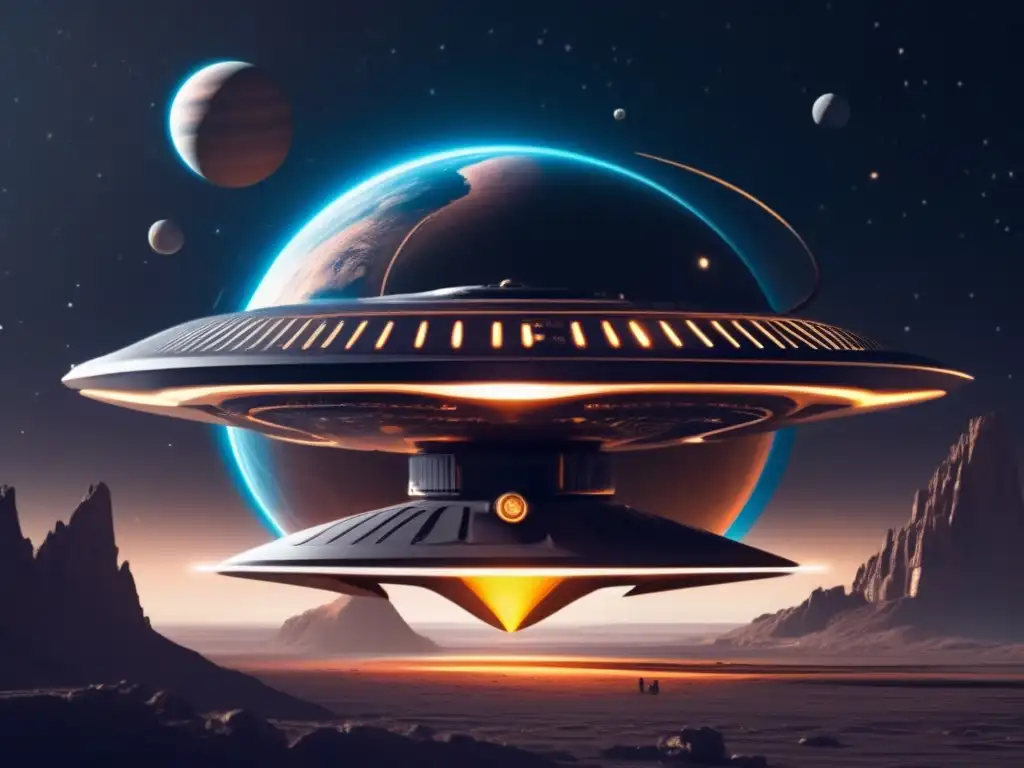 Deiphobus: Its Relevance In Space Science
Deiphobus: Its Relevance In Space Science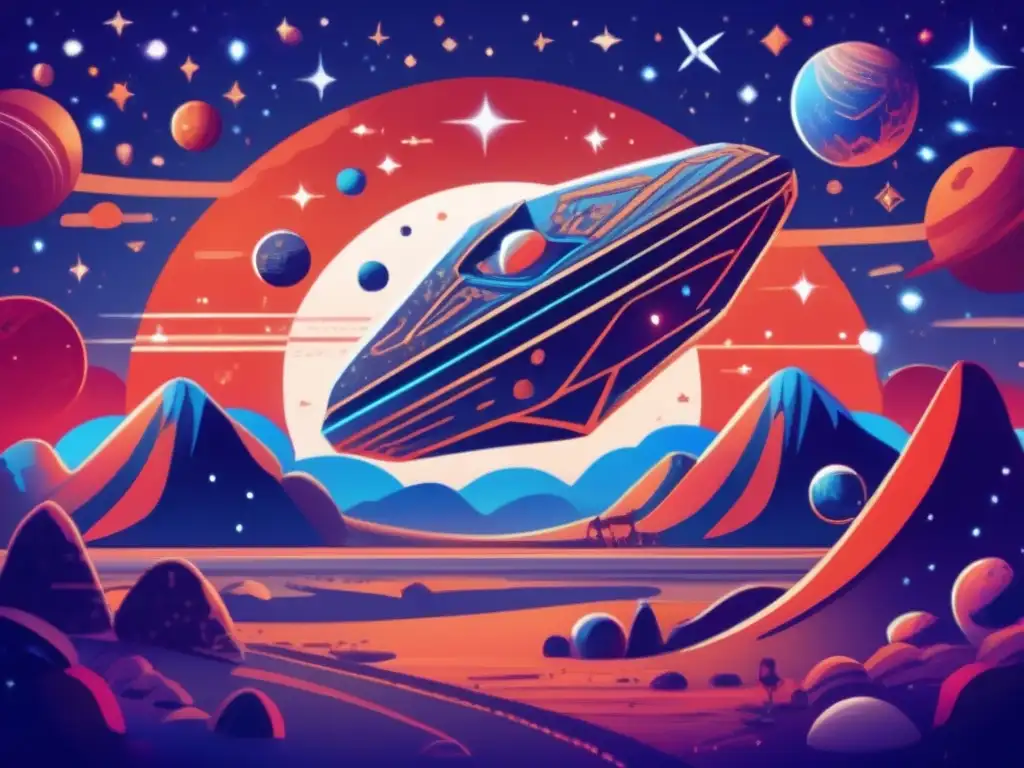 Kleopatra: A Study Of The Dog-Bone-Shaped Asteroid
Kleopatra: A Study Of The Dog-Bone-Shaped Asteroid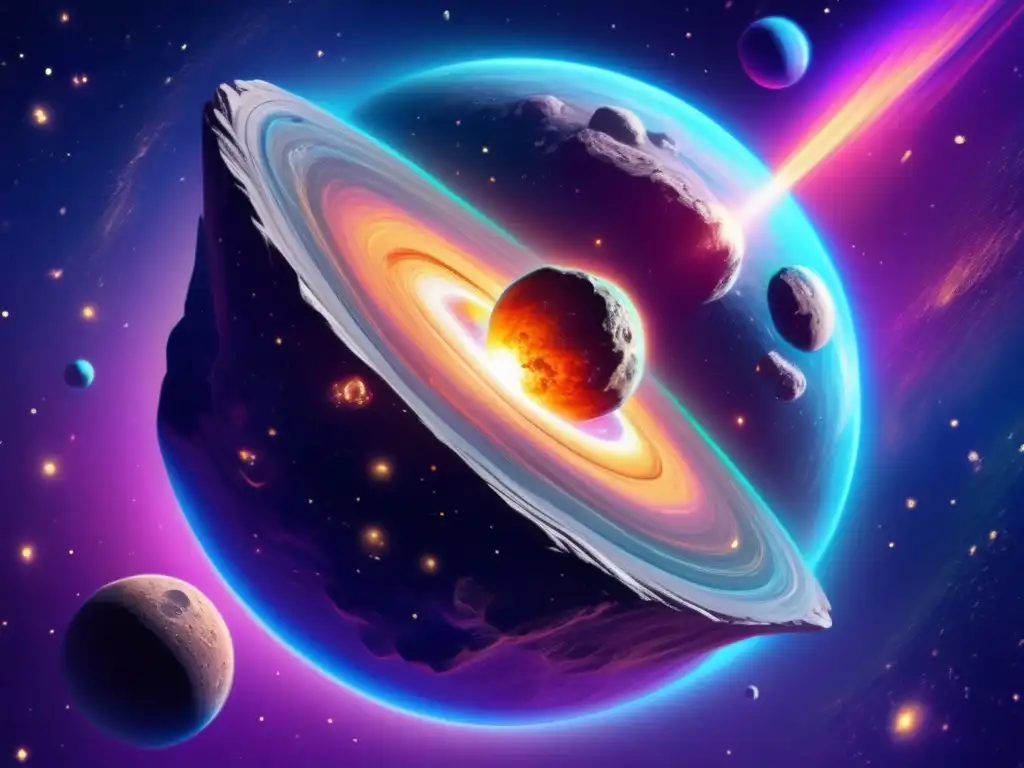 The World Of Asteroid Ascanius Explored
The World Of Asteroid Ascanius ExploredIf you want to discover more articles similar to Understanding Ryugu: Japan's Robotic Asteroid Sample Mission, you can visit the Asteroid Profiles category.
Leave a Reply

Articulos relacionados: